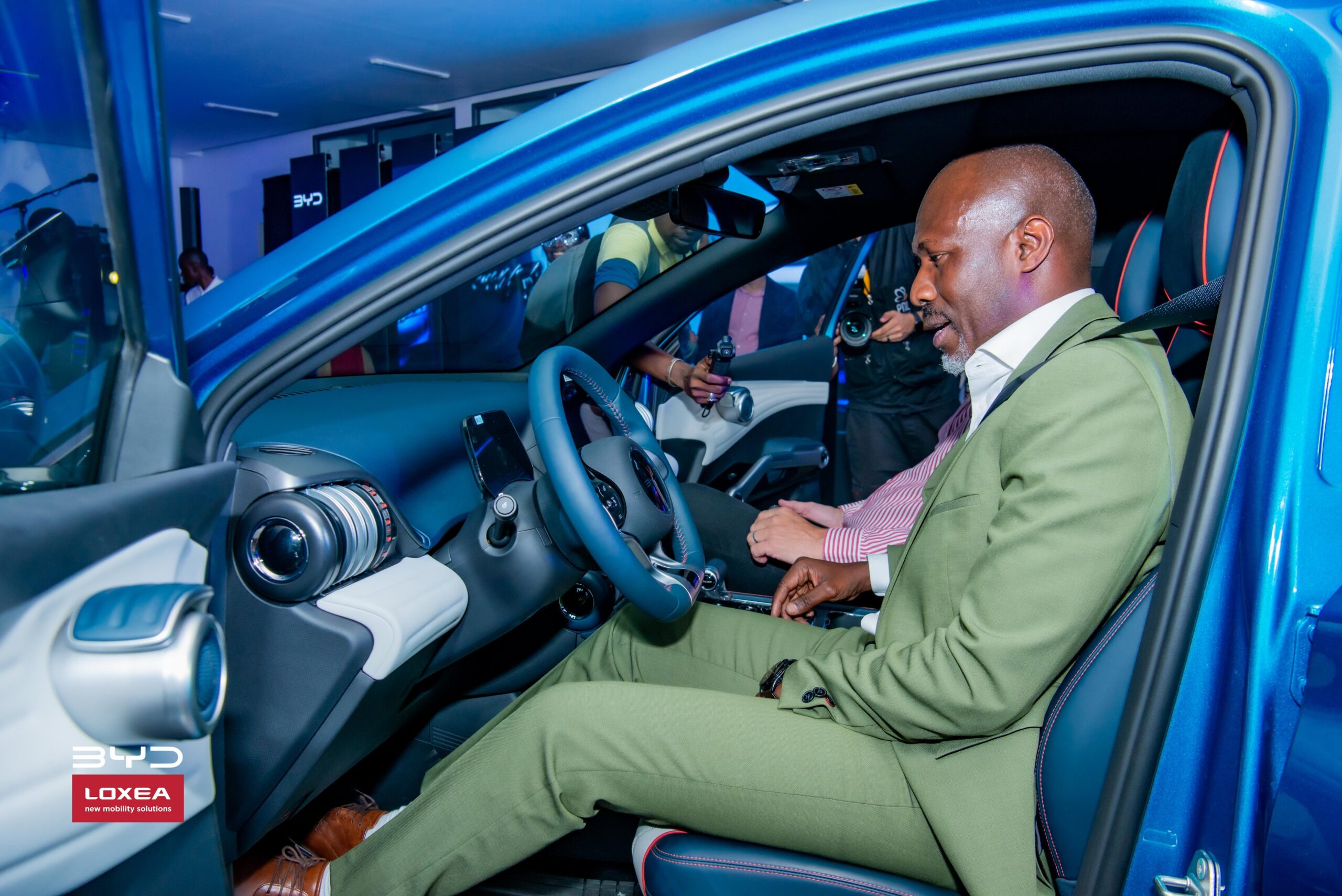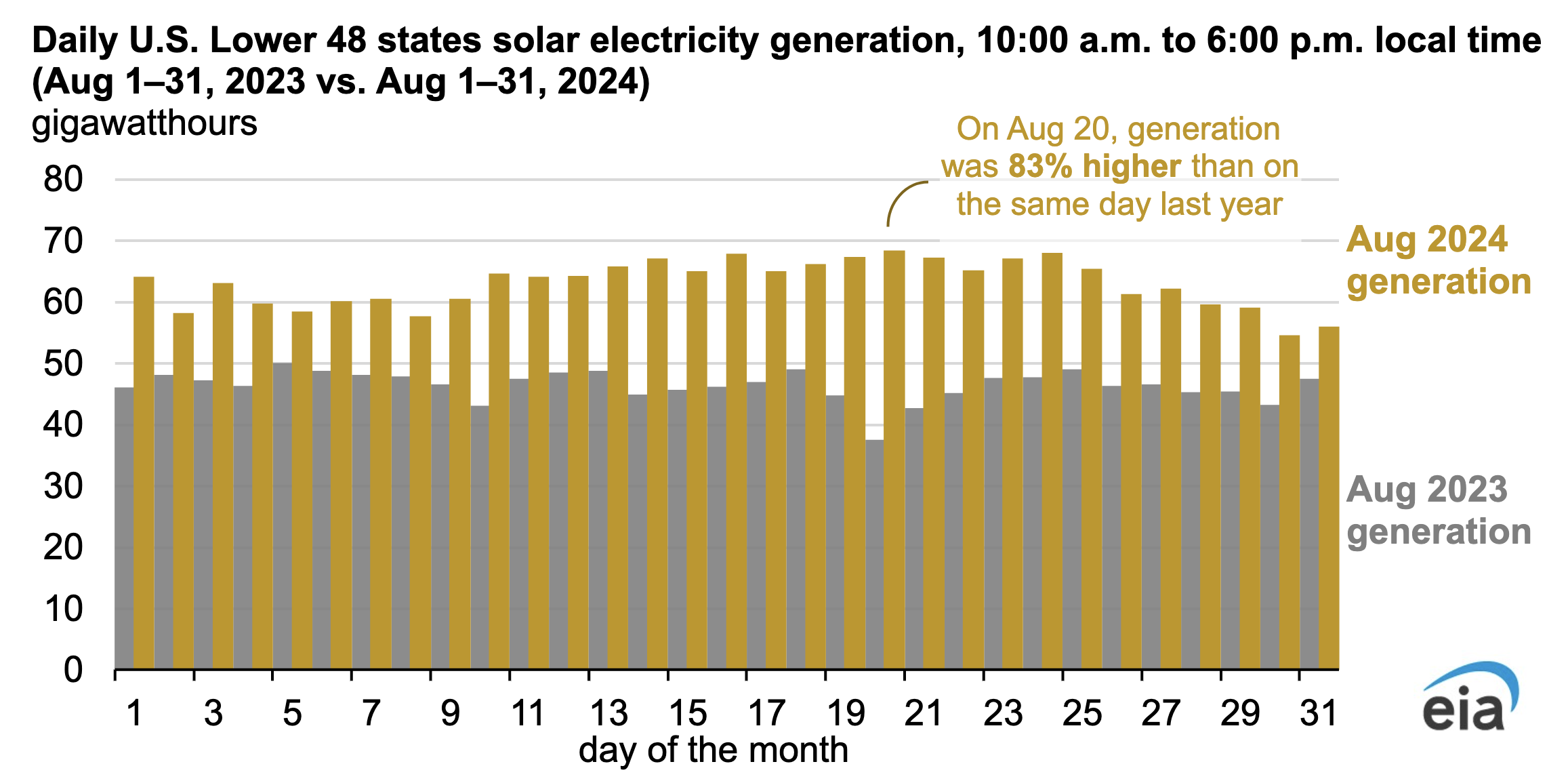Sign up for daily news updates from CleanTechnica on email. Or follow us on Google News!
When Tesla first unveiled the much-awaited Cybertruck electric pickup truck, it looked nothing like a pickup truck. It still doesn’t look like a pickup truck and that’s okay. Now that design conventions have been thrown out the window, the door is open for other new pickup truck alternatives to serve the marketplace of utility vehicles. Exhibit A is the new Puzzle electric vehicle from the Japanese firm HW Electro. It’s a van, not a pickup, but that’s okay.
The Puzzle: An Electric Pickup Truck Disguised As A Van
CleanTechnica got a sneak peek at the Puzzle in New York City on November 17, when HW Electro unveiled a sample for the automotive media.
We’re bringing pickup trucks into the conversation because that was the vibe at the media event. The HW Electro team emphasized that the general public is front and center in its choice of design elements for the Puzzle, with a focus on emergency assistance.
That harkens back to the olden days, when people driving pickup trucks were all but certain to have tools in the back and first aid kits and other helpful equipment in an emergency, along with some useful experience working with their hands.
Here in the US, pickups have become popular with all sorts of drivers, who are just as likely to have a bag of takeout and not much else with them. Nevertheless, pickup trucks still convey an aura of helpfulness, and that is what the HW team is aiming for.
The Puzzle features an exterior USB and AC outlet panel, powered by rooftop solar panels. Members of the public can access the panel to recharge their devices and connect to Wi-Fi, without having to climb into the cab.
A first aid kit is also located in the exterior panel, enabling people to help themselves in case the driver is out of commission or absent.
If you can think of another vehicle that enables public access like that, drop us a note in the comment thread.
More People-Friendly Pieces Of The Puzzle
With the Japanese market in mind, the car also comes equipped with a full sized crowbar, considered to be an essential tool for digging people out of debris in case of earthquakes and other disasters until heavy equipment arrives.
The Puzzle’s wide, tall windshield provides a sense of security and familiarity, as people on the street have a clear view of the person driving around their neighborhood. Likewise, the driver has a clear view of people on the street.
HW Electro also has a health-monitoring bracelet in the works. If the driver is in distress, the Puzzle goes into action. It slows down, pulls to the curb, stops, and calls for emergency help. It also calls a personal contact designated by the driver.
That sounds like yet another privacy compromise in our modern world, but it does provide an extra layer of health and safety reassurance for the public and the driver, too. Like an extra safety belt, it may never be needed, but it’s there.
HW Electro also focuses attention on driver comfort. The Puzzle features a simplified, easy-to-read control panel on the driver’s side and a pegboard panel on the passenger side. The driver can plug accessories into the pegboard on an as-needed basis rather than dealing with unnecessary clutter all the time.
The driver can also fold down the passenger seat for extra cargo space or use it as a work table.
Who Needs An Electric Pickup Truck, Anyways?
Compared to vans, pickup trucks generally have the advantage of easy cargo access. They can pull heavy loads, bump up and down dirt roads, and speed along the Interstate at 70 mph or more. For many jobs, the extra open-air cargo space is essential.
For urban delivery work and other services, though, none of these features are particularly necessary. An electric van could pull the same duties as an electric pickup truck, while also offering the security of more fully enclosed cargo space. The Puzzle maximizes the available space with its squared-off silhouette and its open-plan interior.
The “puzzle” in the vehicle’s name refers to HW Electro’s cost-efficient, slot-based approach to vehicle construction. Though the company is not releasing an MSRP yet, the attention to affordability is aimed at fleet owners as well as individuals in need of a light commercial vehicle.
Don’t get too excited just yet. The November 16 event was just a teaser. HW Electro expects to begin delivery to the US in 2025.
The Coolness Factor & The Rise Of The Kei Car
Speaking of the Cybertruck, the coolness factor has been hard at work in the design of Tesla’s contribution to the electric pickup truck market. However, Cybertruck is not the only cool kid in town. The Puzzle falls under Japan’s Kei specifications for the smallest vehicles permitted on highways, and Kei vehicles have already attracted quite a fan base here in the US.
In particular, CarScoops reports that rural drivers appreciate the compact size and affordability of Kei vehicles, as they can maneuver their Kei pickup trucks into smaller barns and other spaces where standard pickups don’t fit.
As another sign of the growing interest in Kei vehicles in the US, online talk of gas-to-electric Kei truck conversions have been cropping up.
Urban drivers have also been primed for Kei adoption with the increasingly popularity of — and electrification of — subcompact cars like the Mini, the Fiat 500, and the Smart for Two.
“Used KEI-class vehicles have even become trendy to import to the USA,” MotorBiscuit reported last month, as another indication of a crossover to urban markets.
The Electric Pickup Truck Of The Future Is Here
As of this writing, Cybertruck is finally scheduled for commercial delivery on November 30, so stay tuned for more on that. Meanwhile, other US vehicle makers have already hit the electric pickup truck road with zero emission versions of popular gasmobiles, notably the Ford F-150 Lightning EV.
In an interesting twist, electric pickup truck makers are also returning to the “social vehicle” model promoted by HW Electro, including the use of solar power to serve as a zero emission source of electricity in emergencies.
One key element lacking in full-sized trucks though, is a more holistic approach to sustainability. Electric or not, big vehicles have a big lifecycle impact. EV battery battery manufacturing and recycling are part of the picture, but size alone also contributes to supply chain and after-life impacts including microplastic pollution through wear and tear on the tires.
If supersizing is necessary for a work vehicle to do its job, that’s a different story. However, the Puzzle and other subcompact vehicles offer an aesthetic that is more tuned into the concerns of today’s drivers, fleet owners, consumers, and clients.
Follow me @tinamcasey on Bluesky, Threads, Post, and LinkedIn.
Photo: Original photo of Puzzle light duty commercial EV by Tina Casey.
Have a tip for CleanTechnica? Want to advertise? Want to suggest a guest for our CleanTech Talk podcast? Contact us here.
EV Obsession Daily!
I don’t like paywalls. You don’t like paywalls. Who likes paywalls? Here at CleanTechnica, we implemented a limited paywall for a while, but it always felt wrong — and it was always tough to decide what we should put behind there. In theory, your most exclusive and best content goes behind a paywall. But then fewer people read it!! So, we’ve decided to completely nix paywalls here at CleanTechnica. But…
Thank you!
Iontra: “Thinking Outside the Battery”
CleanTechnica uses affiliate links. See our policy here.



